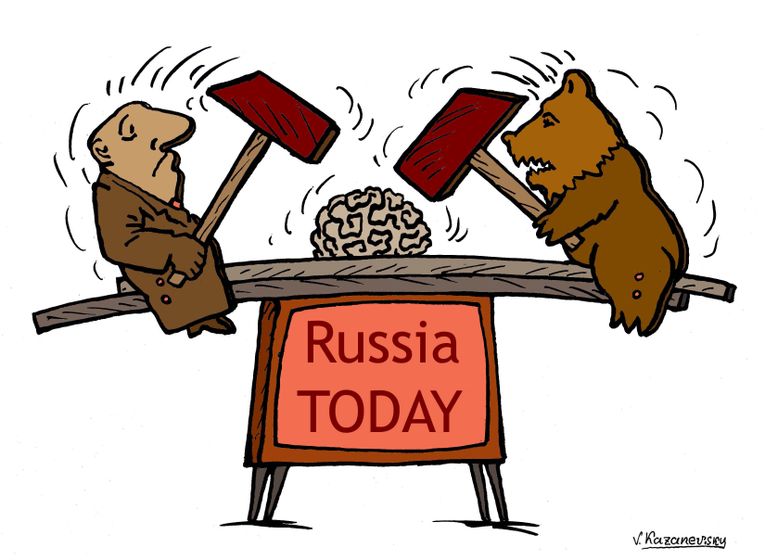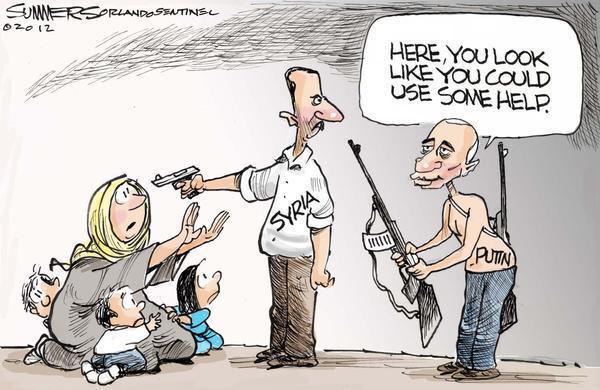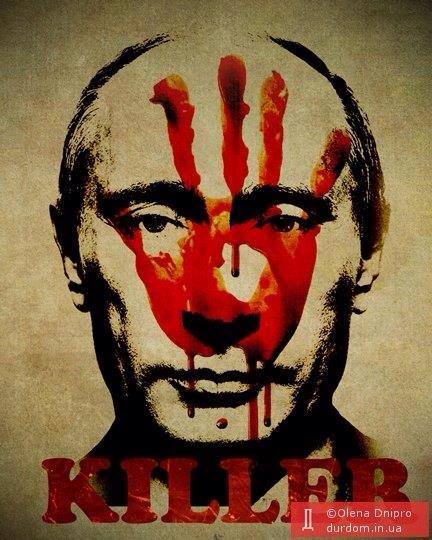A study by two Belarusian scholars entitled “The New Geo-Strategy of Russia: Consequences and Challenges for the Architecture of International Security” (in Russian) says that the Kremlin’s current geopolitical policy for the next one to four years consists of six elements promoting conflicts, instability and unrest around the world.
For background on the authors, Arseniy Sivitsky and Yuri Tsarik, see “Moscow Preparing to Destabilize Belarus … Two Mensk Experts Say.”
The two experts at the Mensk Center for Strategic and Foreign Policy Research
say that Moscow’s “new geo-strategy” consists of six elements:
- “Shifting the line of strategic defense from its own borders to a line passing along the western border of Kaliningrad oblast, Belarus, Ukraine, Transdniestria, the southern borders of Abkhazia and South Ossetia in Eastern Europe and along the eastern and southern borders of Kazakhstan, Kyrgyzstan, and Tajikistan in Central Asia.”
- “Promoting instability in countries along this strategic perimeter as an instrument of reducing the influence and presence in these regions of other world and regional powers.”
- “Promoting tension in regions of the world which occupy a priority position in the foreign policy agendas of key world powers, above all in the Near East and in the Asian-Pacific region.”
- “Supporting the intensification of conflicts which could lead to an increase in the price of oil on world markets, above all in the Middle East but also in Central Asia.”
- “Undermining the unity of the Euro-Atlantic world, the disintegration of the EU and NATO and also an intensification of tensions in relations between other world powers and regional states, above all between the US and China and the US and Iran.”
- “Deepening [Russia’s] critical involvement in global and regional processes in order at suitable moments to exchange one’s positions for recognition by the world powers of the post-Soviet space as an exclusive sphere of Russian interests.”
Over the long term, the two say, Moscow expects these trends to work to its advantage and ensure that Russia’s prospects will “essentially improve.” Indeed, they write, “if the new geo-strategy will be successfully realized, then ‘the new cold war,’ multi-polar by its nature, will become the basic institutional framework for international security for the foreseeable future.”
Moscow assumes that it will find support in a variety of places because its interests correspond with those of many around the world, including some which might not be immediately apparent: “the neo-conservative elites in the US.”




